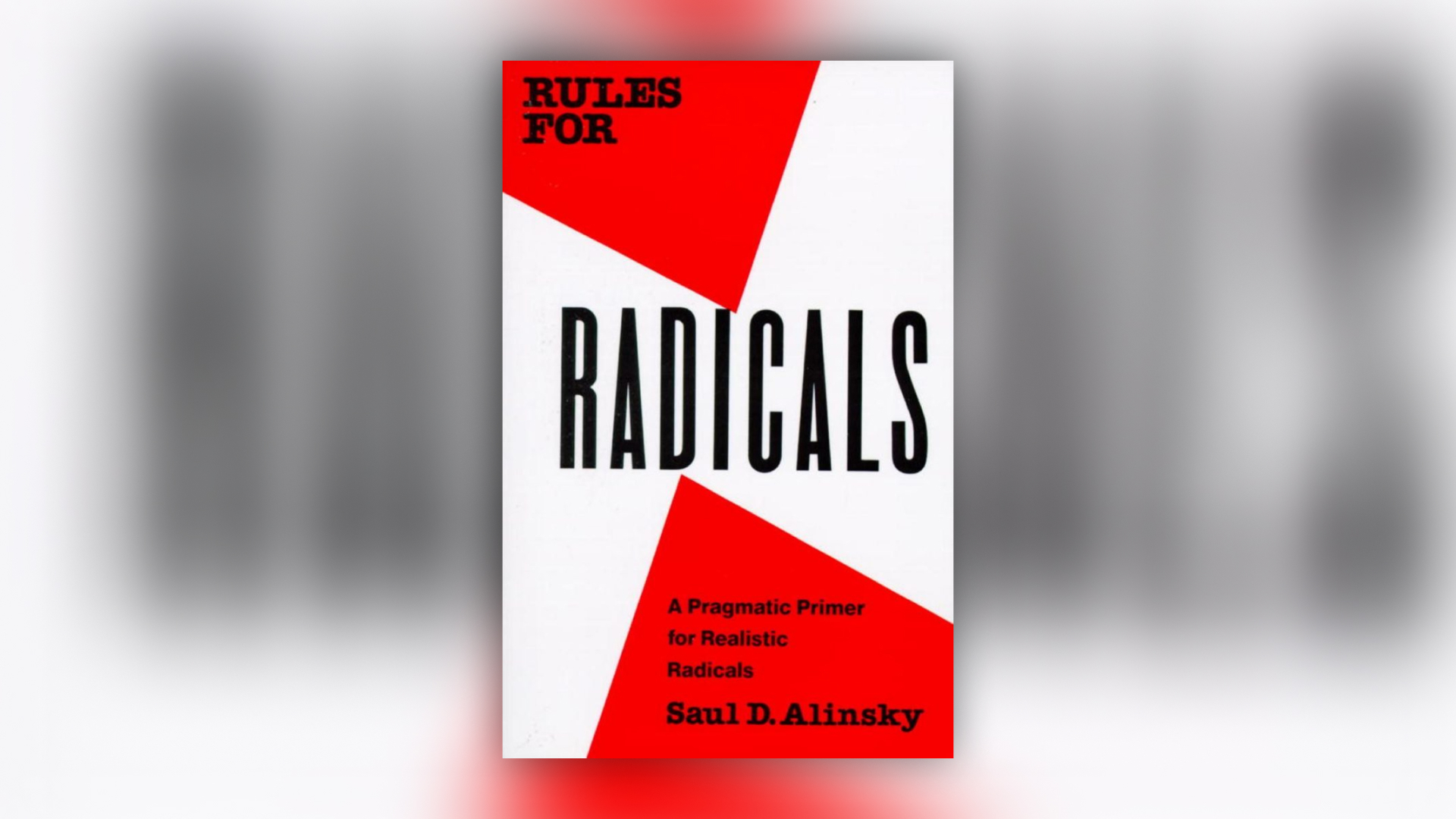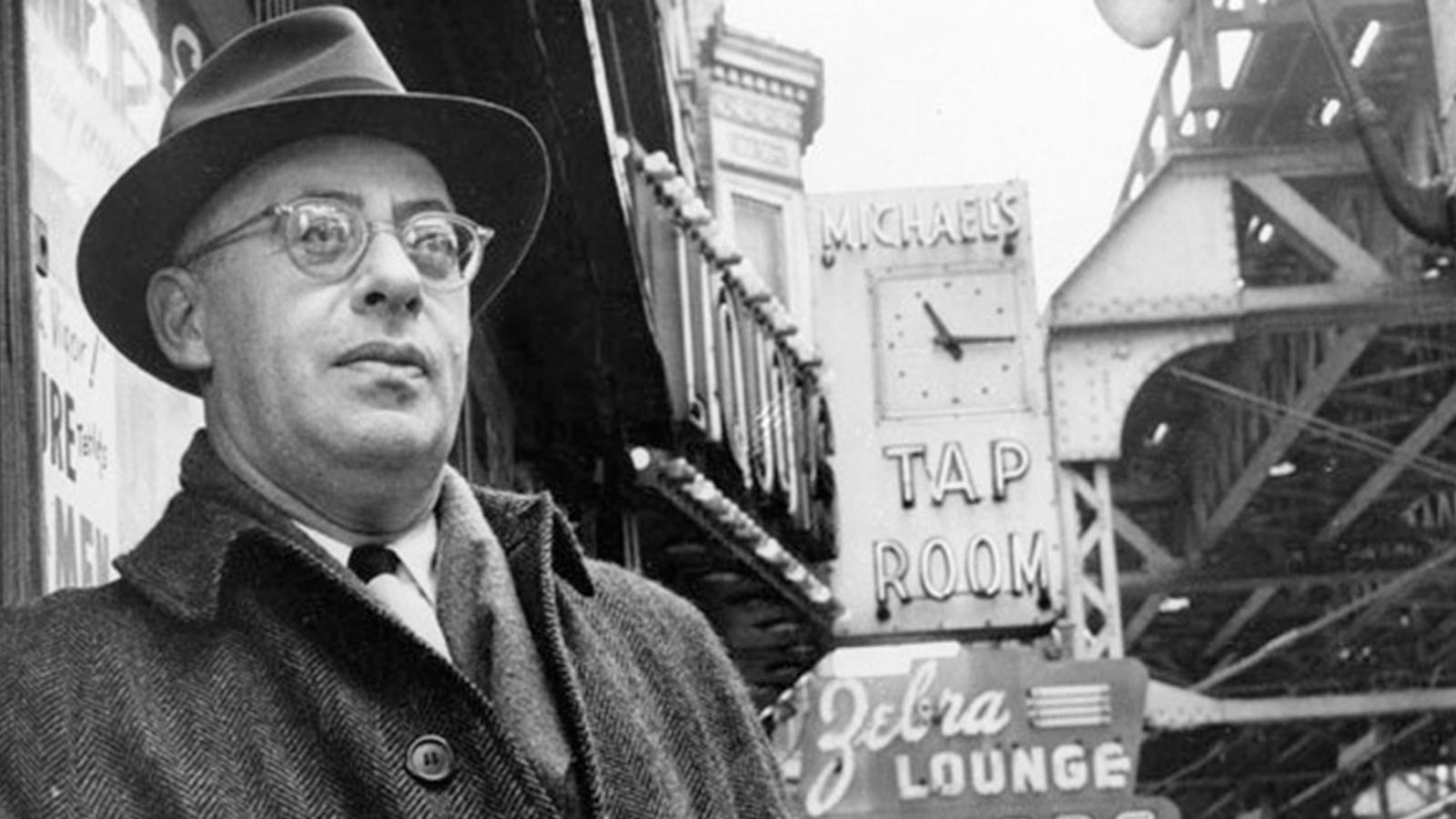Resources
Rules for Radicals by Saul Alinsky
A how-to guide on becoming a community organiser.
Stephanie Wong | 6 Jun 2017

This post uses affiliate links which means that when you buy an item using the link provided we receive a portion of the sale. Affiliate links are marked with a ⟡
A how-to guide on how to start community organising by Saul Alinsky, who wrote this book for the next generation of radicals.
Three takeaways
- Power is not only what you have, but what the enemy thinks you have.
- Make the enemy live up to its own book of rules.
- A good tactic is one your people enjoy.
Published in 1971 by community organiser Saul D. Alinsky shortly before his death, Rules for Radicals aim was to train the new generation of young troublemakers. It is often the first book a community organiser receives to guide them in their work. To spot a new organiser, look for fresh faces pouring over their copy before their next 1-to-1.
Learn critically

Take this book with a pinch of salt. So much will be learnt, but use it as a guide rather than a holy book. Folks with my story for example, in the eyes of Alinsky, could never have become organisers. Too poor, too many plates spinning in the air only the middle and upper classes had the capacity to effectively organise the people. That being said, so many of his tactics and strategies will serve you well. As bell hooks reminds us (here she is talking about the work of Freire),
Think of the work as water that contains some dirt. Because you are thirsty you are not too proud to extract the dirt and be nourished by the water.
I encourage those who have been community organising for a long while, to look back and remind yourself of the basics we so often forget.
The man himself
Alinsky was a trouble-maker and spent much of his life focused on trying to improve the living conditions of poor communities across America. Through clever tactics and pragmatic strategy, he was able to win local improvements in public housing, community health services, and public schools all across the United States. In the 1950s he dedicated his time and energy working to improve conditions in the Back of the Yards area, a neglected black neighbourhood in Chicago. His organising would prove to be a huge success and would later travel to California, Michigan, New York City and others in an attempt to do the same there.
The core
The core of the book teaches that when big money power and local people are in conflict local people can build enough people power to get big money to the negotiating table. Through 1-to-1 conversations and a strategy rooted in understanding power everyday people can get those at the top to listen, show up and win gains for their community. Alinksy shares these lessons across 10 chapters and gives 13 rules for all radicals to follow to effect change.
Everything will come down to negotiation
Alinsky worked with community groups to build their power to negotiate for more. He was not about challenging the authority of the state or market, rather he wanted them to work better for the people. Alinsky believed your power will always come down to how much you can win in those negotiations. This has disillusioned a lot of modern organisers who do not want a bigger slither of the pie, they want to bake a new one.
His methods are loved and loathed and have been successfully applied by numerous institutions from government to local community groups, unions to faith institutions. That none of us can ignore. Alinsky has delivered and given so much to the next generation of radicals myself included.
Here is a radio recording where you can learn more from the man himself:
Studs Terkel Interviews Saul Alinsky